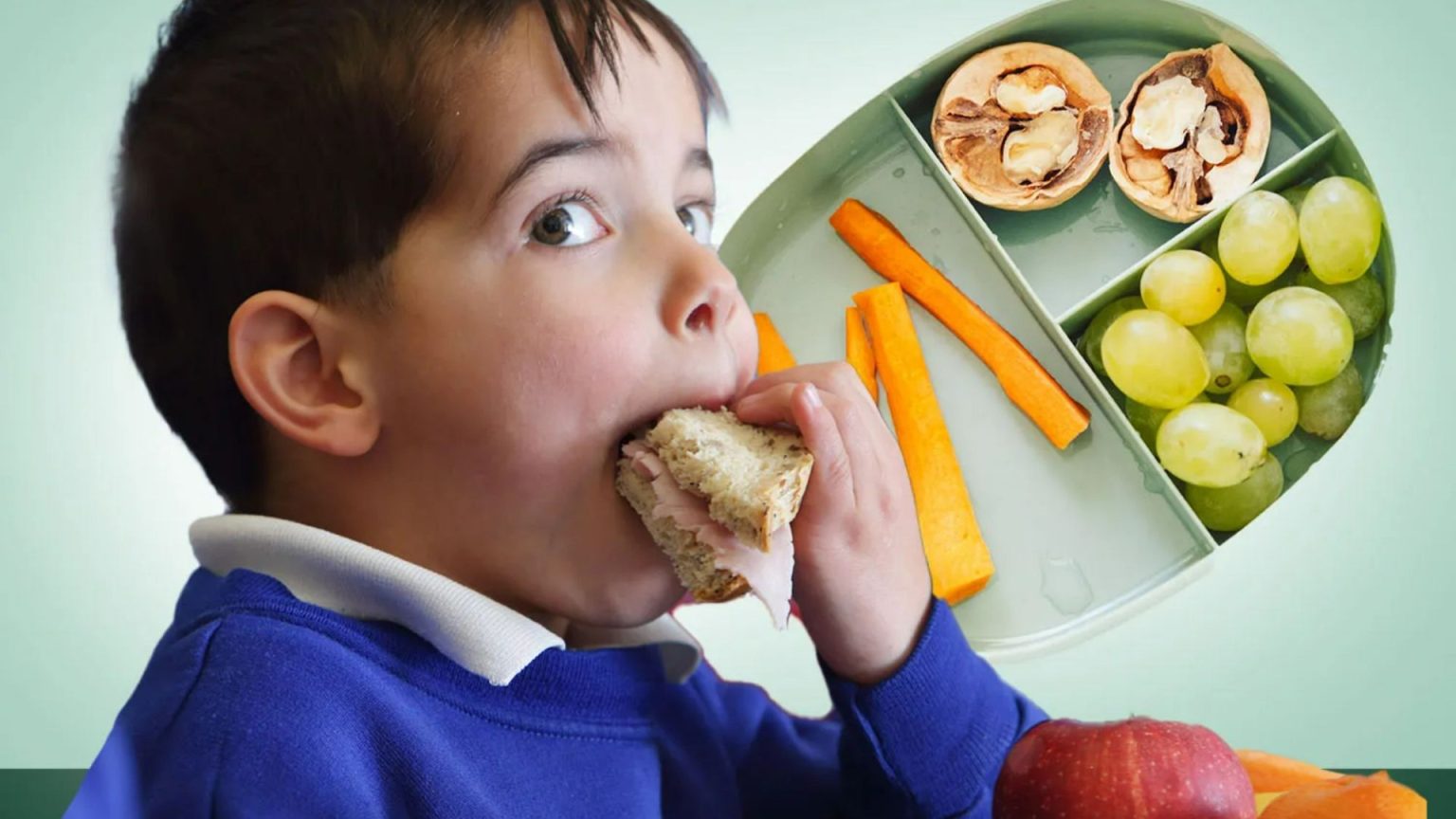The seemingly innocuous childhood mandate of “clearing your plate” is now under scrutiny, with experts suggesting it may be a significant contributor to the UK’s escalating childhood obesity crisis. This long-standing parental practice, intended to instill a sense of responsibility and minimize food waste, may inadvertently be teaching children to overeat, overriding their natural satiety cues and establishing unhealthy eating patterns that can persist into adulthood. NHS data paints a concerning picture, revealing that nearly one in ten children are obese upon entering primary school, a figure that more than doubles to 22% by the time they transition to secondary school. The British Nutrition Foundation (BNF) argues that these alarming statistics could be significantly reduced through parental education on appropriate portion sizes.
The BNF’s research highlights a pervasive misconception among parents regarding portion control. A staggering one-third of parents admit to pressuring their children to finish all the food on their plates, often based on guesswork rather than any informed understanding of appropriate serving sizes. This practice, coupled with generally oversized portions, creates an environment conducive to overeating for both children and adults. The lack of awareness regarding recommended portion sizes is further underscored by the BNF’s finding that a mere 8% of parents consult portion charts or official guidelines when serving their children. This deficiency in nutritional knowledge necessitates a widespread educational effort to equip parents with the tools to make informed decisions about their children’s food intake.
The consequences of consistently urging children to eat beyond their fullness extend far beyond immediate overconsumption. Experts warn that this ingrained habit can disrupt the development of healthy eating habits and contribute to a distorted relationship with food later in life. By overriding their children’s internal cues of satiety, parents inadvertently teach them to ignore their bodies’ natural signals, setting the stage for potential struggles with weight management and emotional eating in adulthood. Breaking this cycle requires a shift in parental approach, emphasizing mindful eating and respecting a child’s inherent ability to regulate their own intake.
The BNF offers practical guidance to parents seeking to implement healthier portioning practices. Using relatable visual cues, they recommend serving a baked potato roughly the size of the child’s fist, a piece of chicken or fish about the size of their hand, and red meat the size of their palm. For dried pasta, two handfuls are suggested as a reasonable portion. Beyond portion control, the BNF also stresses the importance of limiting sugar intake, recommending a daily maximum of 24g for 7-10 year olds and 19g for 4-6 year olds, primarily targeting sugary drinks, fruit juices, and processed treats like cakes and biscuits.
Understanding age-appropriate portion sizes is crucial for ensuring children receive adequate nutrition without promoting overeating. While portion requirements remain similar for boys and girls up to age 14, distinct differences emerge during adolescence, with boys generally requiring larger portions to meet their increased energy needs. For instance, a suitable portion of cooked pasta for a 4-6 year old is 80g, while a 7-10 year old would typically require 120g. These guidelines provide a valuable framework for parents to tailor meals to their children’s specific developmental stage.
Instead of enforcing the “clean plate” rule, parents are urged to cultivate a positive and intuitive relationship with food by encouraging children to eat slowly, savor their meals, and heed their bodies’ signals of fullness. Dismissing outdated dictums like “finish everything on your plate” is vital for fostering healthy eating habits. Starting with smaller portions and offering second helpings only if the child expresses continued hunger is a more responsive approach. This strategy empowers children to develop self-regulation and avoid overeating. Furthermore, using smaller plates for toddlers and younger children can prevent them from feeling overwhelmed by large portions, further promoting healthy eating patterns. Ultimately, fostering a positive and balanced relationship with food should be the primary goal, paving the way for a lifetime of healthy eating habits.




